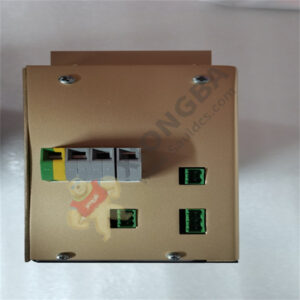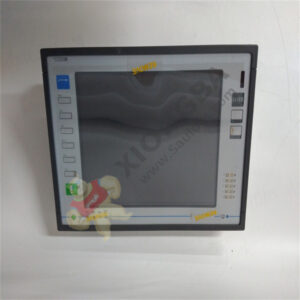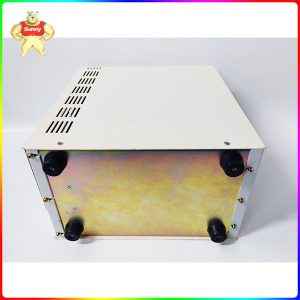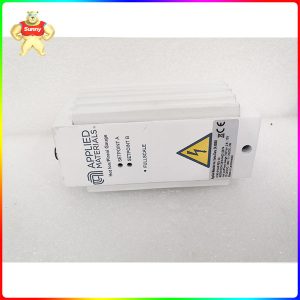Description
RadiSys EPC-5A PC/AT compatible embedded CPU module
Product description
The EPC-5A is a PC/AT compatible embedded CPU module containing the following:
• 100 MHz Intel486 DX4 processor
• RadiSys R400EX chipset
• 16 Kbytes of cache and math co-processor on-chip
• 4 MB to 256 MB of DRAM memory
• Keyboard interface
• 2 standard 9-pin DTE serial ports (COM1 & COM2)
• 1 standard output-only parallel port (LPT1)
• Time-of-day clock with user-replaceable battery
• Phoenix 486 BIOS version 4.05
• VMEbus interface
• EXM expansion interface
The EPC-5A form factor has been designed to the VMEbus specification (6U). It provides direct communication to all three VMEbus address spaces (A32, A24, & A16). The EPC-5A DRAM permits dual-ported access from both the PC side and the VME side.
The EXM expansion interface is electrically similar to the 16-bit PC/AT ISA bus. Video is provided through an add-in card called an EXM (EXpansion Module). Mass storage can be added via the EXP-MX Mass Storage module inside the VME chassis or externally via other EXMs that provide an IDE or a SCSI interface. Other EXMs are available to provide additional peripherals such as serial ports (RS232 or RS422), an internal modem, flash memory (and accompanying flash file system drivers), timer/counter, PCMCIA adapter and Ethernet controllers. Also, an adapter module (EXP-AM) can be used to install a single 8-bit PC/AT add-in short card.
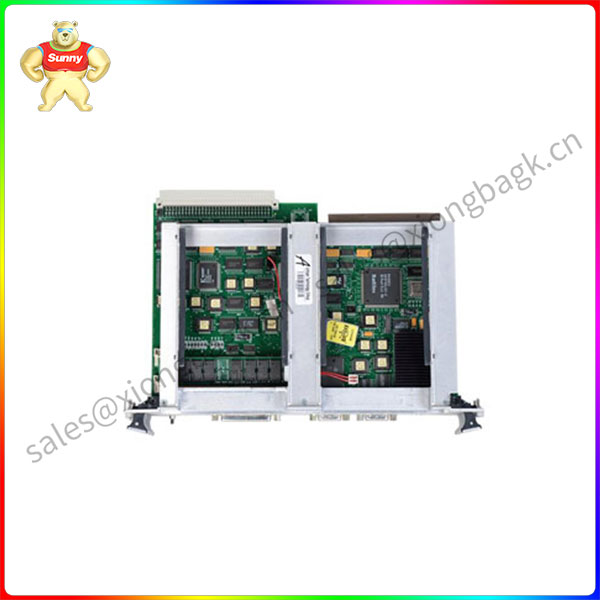
EPC-5A
Product parameter
The EPC-5A can be user-configured to provide standard VMEbus Slot-1 functionality. The Slot-1 configuration option is enabled (default) by installing the Slot-1 shunt (jumper) on the processor board (see Figure 1, page 4). Removing the jumper disables Slot-1 functionality. When the EPC-5A is configured as the Slot-1 controller, it performs all the standard VMEbus system control functions. See Chapter 5, Theory of Operation, for more details on Slot-1 controller functions.
Application field
The EPC-5A differs from the EPC-5 in the following ways:
1. The System BIOS is based on Phoenix Technologies NuBIOS revision
4.05. The EPC-5 uses an Award BIOS.
2. The EXP-MS SCSI module is not supported.
3. BIOS setup configuration is available only during the boot sequence, it is not available after the OS boots. The CTRL-ALT-ESC key sequence no longer invokes setup.
4. The EPC-5A supports CMOS Save and Restore (CSR) that allows backup and restoration of the contents of CMOS RAM to and from the Flash Boot Device (FBD).
5. Flash File System (FFS) support for flash EXMs is based on Phoenix Technologies PicoFlash and includes read/write capability.
6. Support for “User BIOS Extensions” which allows, through BIOS extensions, booting from VME or EXM-2A, etc. Note that EXM-2A’s are supported while the EXM-2 is not.
7. The System BIOS supports disk autotyping and disks larger than 528MB capacity.
8. The Flash File System can be installed as a DOS device driver, therefore flash can be installed as the second drive even when SCSI is the boot device (EXM-16).
9. IRQ 12 is only available to the EXMBus as a build-time option.
10. Slave memory is mapped to the VME bus in the following increments: 2MB, 4MB, 8MB, 10MB, 16MB, 32MB, 64MB. However, system memory increments are no longer restricted to this set.
11. AT bus mastering is not supported.
Please contact Sunny sales@xiongbagk.cn for the best price.
➱ sales manager: Sunny
➱ email mailto: sales@xiongbagk.cn
➱ Skype/WeChat: 18059884797
➱ phone/Whatsapp: + 86 18059884797
➱ QQ: 3095989363
➱ Website:www.sauldcs.com


 中文版
中文版

